New Pentaho Enterprise Edition 9.4 Delivers on Seamless Hybrid Cloud Data Management


When Pentaho Enterprise Edition (EE) 9.3 was released in May it represented a significant step in the journey towards a seamless hybrid cloud solution – one that simplified decisions and enabled customers to manage all their data operations for various use case scenarios.
Today, merely six months later, we’re releasing Pentaho EE version 9.4, which propels this cloud journey further by introducing a host of upgrades, including a thinner, light-weight execution engine (Kettle), MongoDB plugin improvements, and new Pentaho Analyzer Visualization configurations. And as the user experience, with 9.4 we made Query Metadata accessible from a database step via the “Get” JDBC metadata discovery type – catalogs, schemas, tables, columns, primary keys, foreign keys options.
All of these enhancements are designed to help customers speed cloud deployments, more easily orchestrate multi-cloud pipelines, and enable more customizable analytic graphics. Here’s a closer look:
To help business get up and running faster Pentaho Server runtime (Kettle Engine) components were made optional for the engine to be more light weight from an installation and deployment perspective for customers with a quick start and stop times to run their KTRs and Jobs for various use case scenarios.
In the process of building thinner Kettle engine, several heavy weight components such as big data, Steps and jobs, from the Core and OSGi bundle have been moved to optional user installable add-on and plug-ins with a separate plugins and assemblies to run independently. Users, can now select and install these components as required, which makes Kettle engine leaner with an improved load time and performance

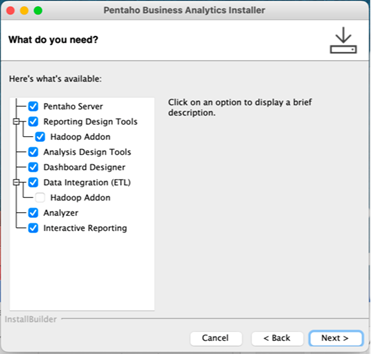
Pentaho EE 9.4 unlocks multicloud pipeline value with improved MongoDB support. MongoDB “Execute” step in Pentaho EE-9.4 can now connect to a MongoDB cluster and can execute MongoDB shell style like commands that can be statically defined and secured via security providers (ex: LDAP, Kerberos X509 etc.) for various CRUD operations. The Execute step can:
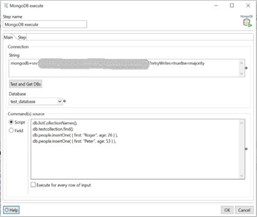
In the Pentaho Enterprise Edition 9.4 release we have also achieved significant server performance improvements (up to 95%) in the Business Analytics server components – Analysis, Metadata, Data Source Wizard (DSW) before cache (login) and after cache to manage data sources
Pentaho Business Analytics users have a new Configuration option for Analyzer reports with rich and customizable graphics via the “Advanced” Chart option, where they can apply their own customizable configuration rules to visualize the default charts as shown in the example:
How to convert a pie chart to a Donut chart as shown below.
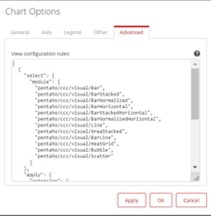

There are new report options with viewer vs editor mode by access controls. When a user opens a report from Analyzer, it will defaults to the “View” mode. With Pentaho EE 9.4, we have added access controls at the server level, so that when a user opens the same report with the right access control (ex: Admin), they can edit the report and add any new dimensions or measures to the report and update it accordingly.
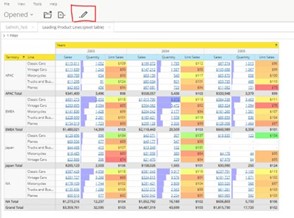
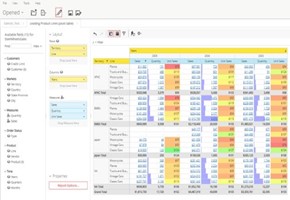
In summary, we’ve just made it even easier for you begin modernizing all your hybrid cloud data with Pentaho technology. These enhancements are a crucial step toward Hitachi Vantara’s vision of enabling enterprises to deliver their trusted data across business and operations using an integrated DataOps platform to optimize their data fabric use cases.
Prasad Illapani is Director of Product Management, Lumada Data Integration, at Hitachi Vantara.
Prasad Illapani is Director of Product Management, Lumada Data Integration, at Hitachi Vantara.